Musashino City, Tokyo東京都武蔵野市
Living in Musashino City, Tokyo
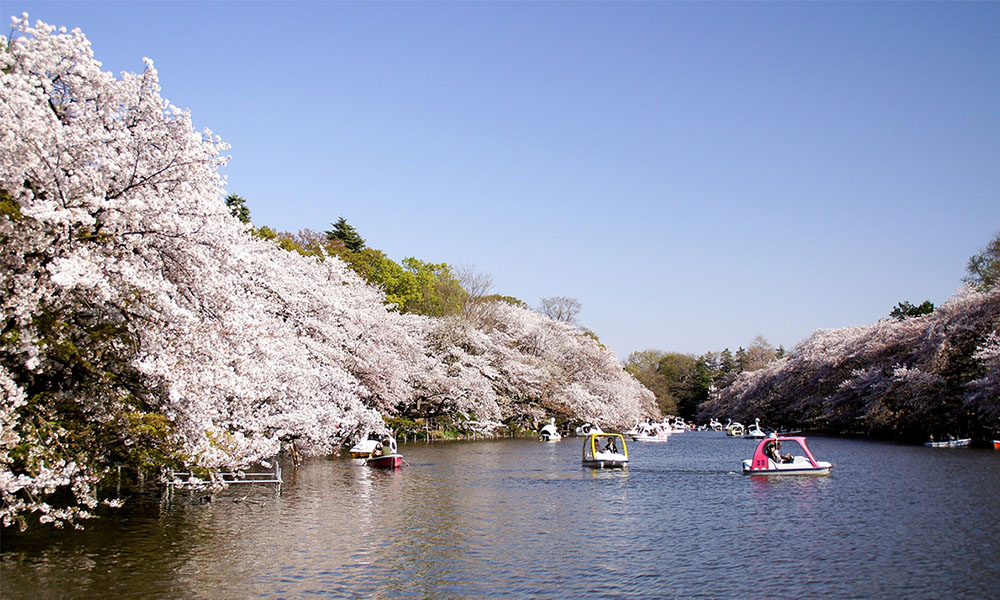
We have Summarized the livability of Musashino City, Tokyo.
KITATAMA AREA北多摩地域
-
- TACHIKAWA CITY 立川市
-
- NISHITOKYO CITY 西東京市
-
- MUSASHINO CITY 武蔵野市
-
- HIGASHIKURUME CITY 東久留米市
-
- MITAKA CITY 三鷹市
-
- CHOUFU CITY 調布市
-
- KOMAE CITY 狛江市
-
- KIYOSE CITY 清瀬市
-
- HIGASHIMURAYAMA CITY 東村山市
-
- KODAIRA CITY 小平市
-
- KOGANEI CITY 小金井市
-
- FUCHUU CITY 府中市
-
- KOKUBUNJI CITY 国分寺市
-
- KUNITACHI CITY 国立市
-
- HIGASHIYAMATO CITY 東大和市
-
- MUSASHIMURAYAMA CITY 武蔵村山市
-
- AKISHIMA CITY 昭島市
CONTENTS
- What kind of place is Musashino City, Tokyo?
- Musashino CityPR video
- How is the traffic situation in Musashino City?
- How are the rent and land prices in Musashino City?
- How is childcare and education in Musashino City?
- How about shopping in Musashino City?
- How about jobs and recruitment in Musashino City?
- Musashino City’s unique subsidy/subsidy system
What kind of place is Musashino City, Tokyo?
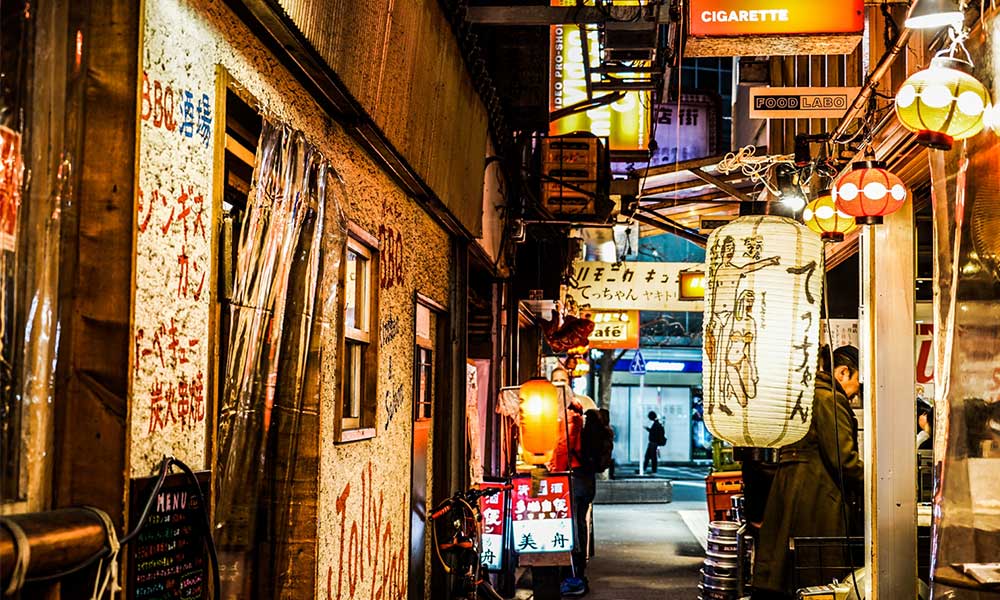
Musashino City, home to Kichijoji, which ranks highly in the rankings of places people want to live
Musashino City is located almost in the center of Tokyo, in the eastern part of the Tama region, and has an area of approximately 10.98 square kilometers.
It borders Nishitokyo City and Suginami Ward to the north, Suginami Ward to the east, Mitaka City to the south, and Koganei City to the west.
It has a population of approximately 148,000 and approximately 78,000 households. (As of May 2023)
The Musashino Plateau occupies the entire area of Musashino City, making it an almost flat terrain, with valleys distributed along the waterways, mainly the Sengawa and Kanda Rivers.
Musashino City’s history dates back to the Edo period, when people who were forced to leave their homes due to frequent fires in Edo began to move here and villages were formed. At that time, many villagers made a living by growing wheat and vegetables in the fields.
In the Meiji period, villages were first established, and the railway was opened, and the city continued to develop. In 1889, Kichijoji Village, Nishikubo Village, Sekimae Village, and Sakai Village merged to form Musashino Village.
In the Taisho period, as the railway developed, the number of people began to increase, and the fields gradually decreased and the area became a residential area.
In the Great Kanto Earthquake of 1923, many houses collapsed and fires broke out, but the city suffered relatively little damage, so neighboring residents who had lost their homes began to gather there, and the population rapidly increased. Then, in the Showa period, industrialization gradually progressed, and during the war, factories making weapons and airplane engines spread. During the war, the city suffered devastating damage from air raids, but Musashino City was born in 1947, shortly after the war.
After that, redevelopment of the city progressed mainly around Kichijoji Station, and large housing complexes and shopping streets were built, forming the streetscape that would become the foundation of present-day Musashino City.
Musashino City is currently a popular city that is chosen every year as a place to live, as it is a city with a rich culture close to the city center.
The center of the city is around Kichijoji Station, a lively area with many commercial facilities.
On the south side, Inokashira Park is a metropolitan park that stretches from Musashino City to Mitaka City. It is a symbol of the city, as it is a park full of nature where you can enjoy snowboarding on the lake and is also famous as a famous cherry blossom viewing spot.
The Kichijoji Autumn Festival is a historic festival that has been held every year since 1973, and is held every September. It is famous as a two-year festival where portable shrines are paraded through the streets of Kichijoji, as well as children’s portable shrines and festivals.
PR video of Musashino City, Tokyo
[Kichijoji Tourism] Ranked #1 in the city rankings for places to live! Introducing Kichijoji
Why was it chosen? Musashino City was ranked first in the “city people want to continue living in” (October 5, 2021)
How is the traffic situation in Musashino City?
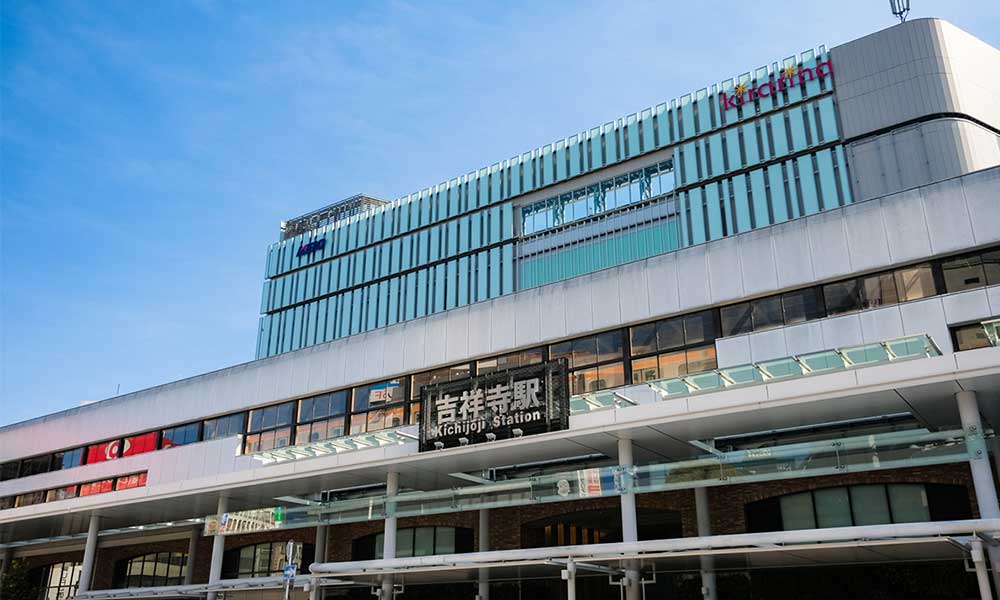
Musashino City is a city with easy access to the city center, with JR Chuo Line and Keio Line running through it.
There are four lines and two stations within the city. It takes 16 minutes from Kichijoji Station to Shinjuku Station and about 30 minutes to Tokyo Station.
| Kichijoji Station | JR Sobu Line・JR Chuo Line・Keio Inokashira Line |
| Musashisakai Station | JR Chuo Line・Seibu Tamagawa Line |
Musashino City is served by Kanto Bus, Odakyu Bus, Keio Dentetsu Bus, and Seibu Bus.
You can also use the community bus “Mu-bus,” which provides access to the city’s major facilities at a relatively low price.
There are no expressways or national roads that can be accessed from the city.
Access to central Tokyo areas such as Tokyo Station and Shinjuku Station is relatively easy. There are also many bus routes, making it easy to travel within the city and surrounding areas by train or bus.
Traffic congestion can occur on roads and around stations during morning and evening rush hour. Also, since many areas are densely populated with residential areas, it can be difficult to secure parking spaces.
How are the rent and land prices in Musashino City?
Musashino City: a popular city with an attractive location and environment
According to information from a real estate information website, the average rent in the ward for a newly built apartment within a 10-minute walk from the station is about 89,000 yen for a 1K and 144,000 yen for a 2DK.
The average land price is about 3.63 million yen per tsubo.
The average price of a newly built apartment is 75.57 million yen, the average area is 67.72 m2, and the average price per tsubo is 3.689 million yen per tsubo. (As of 2018-2022)
Musashino City is a popular residential area in Tokyo, with good access to the city center and an attractive green environment. As a result, there is a high demand for housing, and the balance between supply and demand is good, especially around stations and areas with good transportation access.
There are various types of housing, such as detached houses and condominiums. Condominiums are the norm around stations and in commercial areas, but detached houses are also common in residential areas.
There is a good balance between commercial and residential areas, and shopping and facilities necessary for daily life are nearby. There are many commercial facilities, supermarkets, parks, etc. in the surrounding area, making it a very convenient place to live.
The rental housing market is also booming, and with good access to the city center and an attractive living environment, there are many rental properties available to meet a wide range of needs.
However, even in the popular city of Musashino, housing prices and rental fees can vary greatly depending on the area and property conditions. Also, some areas are densely populated, making it difficult to secure parking.
Despite its convenient access to the city center, it has many parks and green spaces and a rich natural environment, making it a very livable area.
Due to its location near the city center and its good environment, housing prices in Musashino are relatively high. Demand is particularly high in areas around stations and areas with good transportation access, so you need to be careful about the costs when purchasing a home or looking for a rental property.
How is childcare and education in Musashino City?
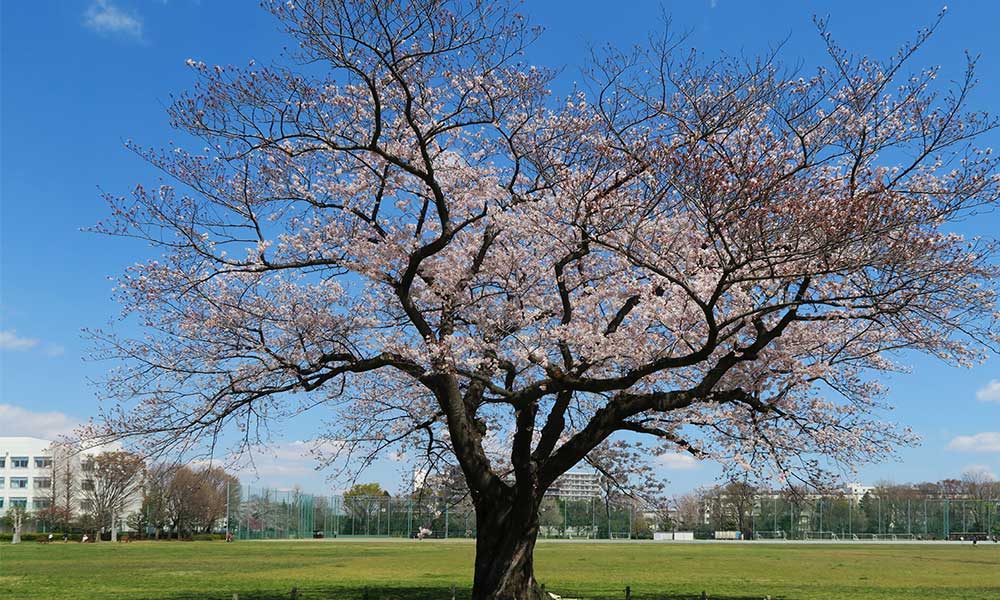
Musashino City: A city with a wide range of childcare support and educational facilities, and in harmony with the natural environment
Musashino City has 19 nurseries, 14 kindergartens, 15 elementary schools, 11 junior high schools, 6 high schools, 7 junior colleges and universities, and 5 vocational schools.
The “Child Medical Expense Subsidy” covers children up to 18 years old (as of March 31 after they reach 18 years old) for both outpatient and inpatient care, and is fully subsidized.
Child allowances are provided: 15,000 yen for children under 3 years old, 10,000 yen for the first and second children aged 3 years old or older and not yet entering elementary school, 15,000 yen for the third child and onwards, and 10,000 yen for junior high school students.
Musashino City also has its own comprehensive support system.
Households that undergo a Yurikago Musashi interview to check the status of pregnant women are given a 10,000 yen child and child-rearing coupon.
The “Stork Class” is a system where pregnant women and their partners can receive free lectures on childbirth and child-rearing from specialized staff and doctors.
The “Pre-Mama Plaza” provides a place where nursery staff and other pregnant women can interact, and is a place where they can ask for advice on childbirth and child-rearing.
There are also plenty of facilities where you can play with your children.
At “0123 Kichijoji and 0123 Harappa,” parents and children up to 3 years old can play and interact with their guardians.
At “Sakai Kindergarten Ikotto,” a child-rearing support room located in Sakai Kindergarten, parents and children can play together, and dedicated staff members are available to answer any questions you may have about child-rearing.
There are also several other children’s centers and support centers in the city, so you’ll have no trouble finding a place to play.
In Musashino City, there is an organization called “Children’s Place” that provides places for children to learn, spend their time freely, and eat. It offers a children’s cafeteria that provides meals for a set price, as well as a place for learning and playing.
“Teens Musakatsu” is planning workshops that provide hands-on learning for junior and senior high school students to deepen their understanding of city government and local activities.
Musashino City has a good environment for raising children, and is characterized by its abundant childcare support and educational facilities.
There are many nurseries, kindergartens, and children’s centers, and support for children’s growth and education is provided.
As part of childcare support, various events and courses are held, and information and consultations on childcare are available, forming a network to support childcare.
In addition, although there are many densely populated residential areas, the city has good public safety and is easy to live in. There are also many parks and green spaces that can be used as playgrounds for children.
There are many public elementary and junior high schools in Musashino City, and the educational environment is also excellent. The quality of education is high, and enthusiastic teachers support children’s learning.
Musashino City is known as a city of culture and arts, and children have opportunities to experience various arts and culture. They can experience art education through exhibitions and performances at museums and theaters.
There are plenty of child-rearing support facilities available, including daycare centers, kindergartens, and children’s centers.
Because it is a popular area, competition for places in nursery schools and kindergartens can be fierce.
How about shopping in Musashino City?
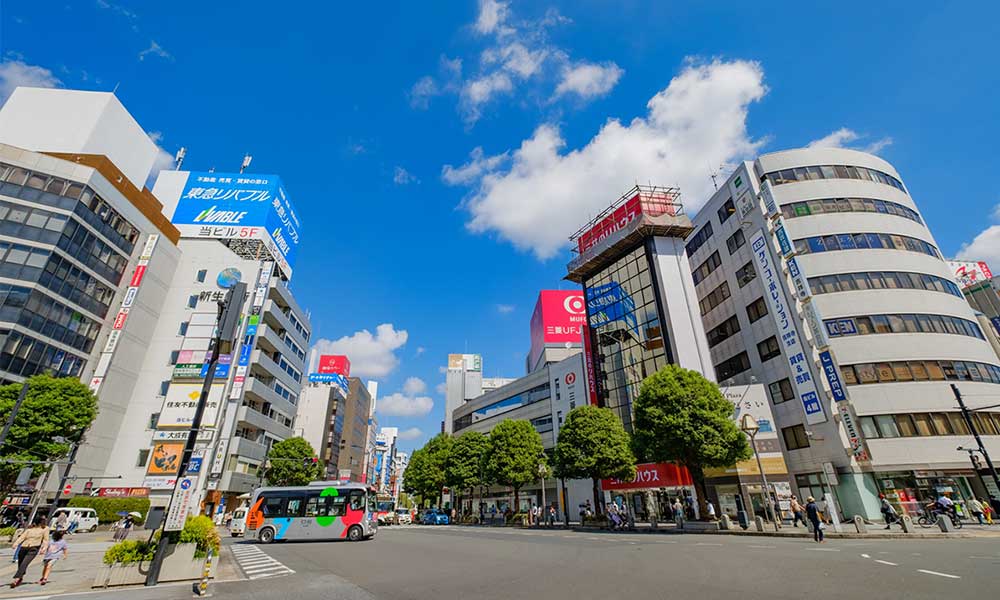
Musashino City: A city with a wide variety of shopping areas and stores that can meet a wide range of needs
Musashino City has a wide range of commercial facilities that can meet a variety of shopping needs.
The city has a variety of commercial facilities, including shopping malls, department stores, supermarkets, and specialty shopping streets.
The center of the town is Kichijoji Station, and in the surrounding area are department stores such as “Tokyu Department Store Kichijoji Branch,” as well as “Kichijoji Marui,” which stocks fashion brands and miscellaneous goods for young people, “Kichijoji Parco,” “Coppice Kichijoji,” and the commercial facility directly connected to the station, “Kichijoji Marui,” which stocks fashion brands and miscellaneous goods for young people, and “Coppice Kichijoji,” which stocks miscellaneous goods for young people. There are many commercial facilities within walking distance of the station, including Atre Kichijoji.
The area also has over 10 shopping streets, large and small, that are popular with locals for their selection of local specialties and unique products.
There are about 17 supermarkets in the city, including Inageya and Ito Yokado, making it a convenient area for shopping for groceries and daily necessities.
The city is home to a wide variety of stores selling a wide range of products, including fashion, food, and daily necessities, making it convenient.
At popular facilities, traffic congestion can occur on holidays and it may be difficult to find a parking space.
How about jobs and recruitment in Musashino City?
Musashino City is a city with a diverse range of industries and can accommodate a variety of jobs and work styles.
The average annual salary in Musashino City is 5.61 million yen.
Many companies have set up shop in Musashino City because of its location close to the city center. In particular, the Kichijoji area has many job openings in a variety of industries, including retail, food and beverage, and service.
In addition to commerce and food and beverage, there are also employment opportunities in fields such as culture and arts, education, and medicine.
There are many universities and vocational schools, so there is a high demand for student part-time work. In particular, around Kichijoji, there are plenty of part-time job opportunities in cafes, restaurants, apparel shops, and more.
With many companies operating here, there are job openings in a wide variety of industries and occupations.
While there are many attractive job offers, there are also many applicants and the competition is fierce. In particular, the job offer ratio can be high in popular industries and companies.


















